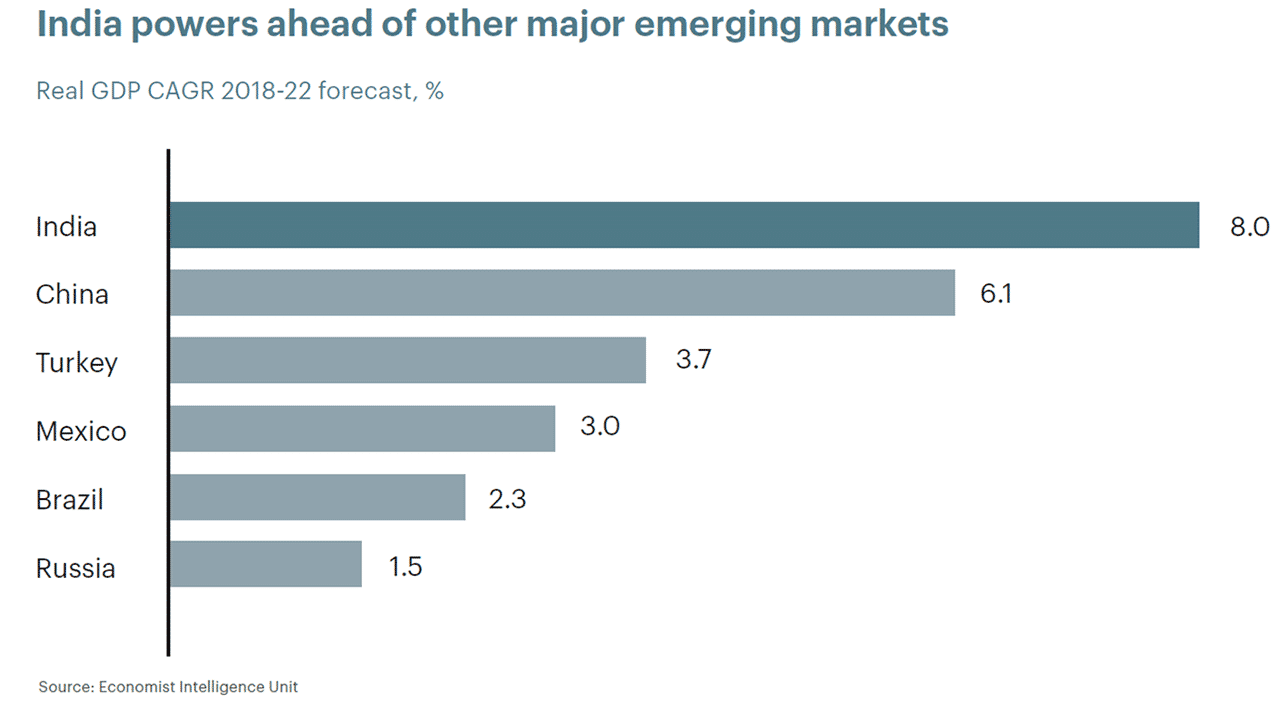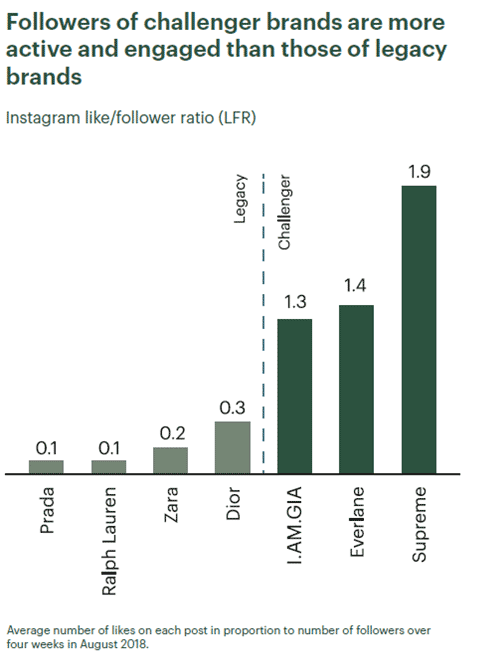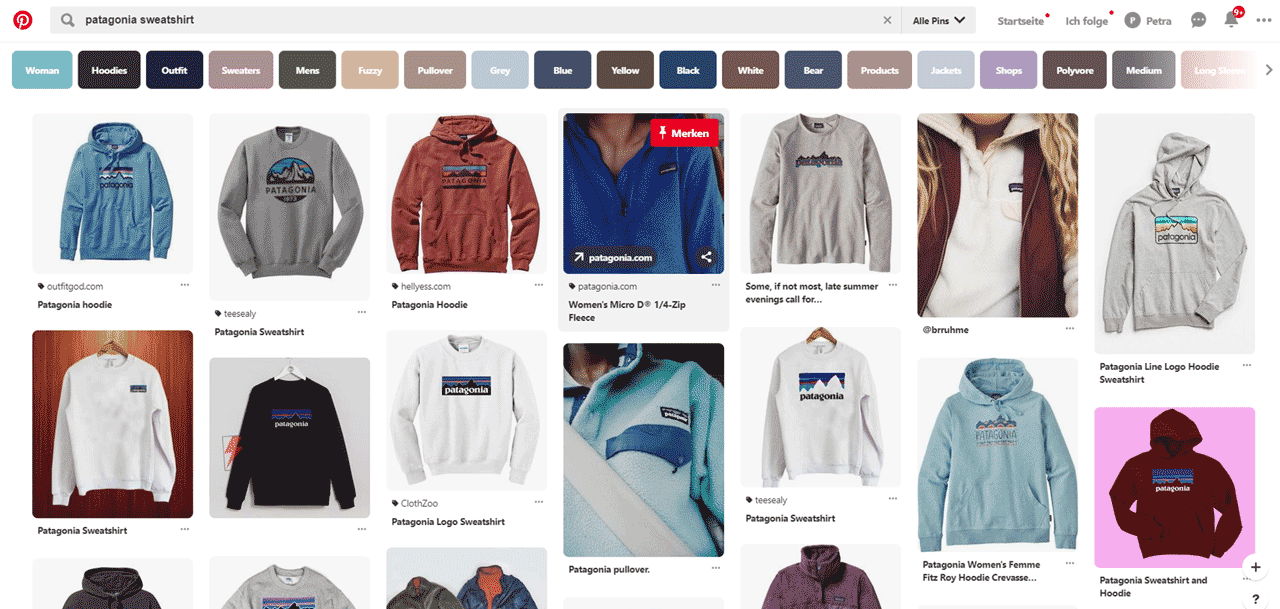Fashion on the Move – Disruption as an Opportunity
Why the fashion industry should be optimistic about the future and embrace upcoming challenges.
The heyday of fashion is over. This is how a lot of fashion companies in Europe and the US feel, following global issues such as Brexit, current US-China trade disputes and the rise of protectionism on both sides of the Atlantic.
On top of those, a lot of powerful players in the Asian region have left behind their cheap supplier role to directly and confidently challenge their European and American counterparts. And not only are they winning, they’re dominating their domestic markets.
Meanwhile, according to McKinsey´s State of Fashion, emerging new markets such as India and China are developing at a rapid pace and overtaking the established ones.
While India currently has the highest growth rate, China, on the other hand, is now the world's largest fashion market - ahead of the US.
 Source: McKinsey, State of Fashion 2019, p. 26
Source: McKinsey, State of Fashion 2019, p. 26
In today, out tomorrow
Once upon a time, fashion manufacturers dictated how often collections come out and limited them to two a year. Nowadays, consumers not only expect something new all the time, but they drive current trends primarily via social media.
The power of the consumer influencer
Gone are the days when brands rule fashion from up their ivory tower, as today's consumers have taken over. Self-confident and knowledgeable, millennials and generation Z tell brands what, where, how and when they want something.
Thanks to Amazon, they’re also used to not having to wait long. They use digital channels as a matter of course and have access to a multitude of product information, offerings and inspirations.
Thus, they have usually already made a purchasing decision long before they appear on the radar of companies.
They often don’t even get their inspiration from fashion labels and retailers, but from prominent social media influencers and opinionated peers, with emotional experience as the trigger.
The importance of brand presentation
If today’s consumers are both online and offline and on different channels, it’s essential for fashion brands to ensure a consistent brand image and product presentation on all touch points.
Although the work can be challenging, technologies such as Product Information Management (PIM) can help to centrally manage product data and deliver it to the right touch point - without spending too much time on manual work.
A PIM also has analytics tools that can provide insight into consumer behavior. With this, fashion companies are empowered to deliver a consistent product and brand experience to potential customers and influencers.
Digital channels as game changers
 Source: McKinsey & Company analysis based on Instagram data, State of Fashion, p 73
Source: McKinsey & Company analysis based on Instagram data, State of Fashion, p 73
Social Media, whether it’s Instagram, Pinterest, Youtube or WeChat, is the new showroom. Therefore, “digital first” should be a top priority for all businesses that want to be successful -- big fashion brands, start-ups and niche providers, alike.
But unlike established brands, the newcomers are not slowed down by rigid business processes. The small challengers, in particular, are posting through the roof fan base growth rates of up to 300%.
With the help of new technologies, concepts and business models, they react quickly to market conditions and focus on customer interaction.
For them, e-commerce is the way to go, but in addition to their own shops, they also rely on the diverse possibilities of social and mobile commerce to reach consumers on the spot.
 Among others, Patagonia uses Pinterest to increase sales opportunities and awareness
Among others, Patagonia uses Pinterest to increase sales opportunities and awareness
Sustainability and trust
In recent years, ethical resource management and humanitarian and social values have increasingly become decision-making criteria for consumers on whether to trust a brand or not.
Whether it’s the collapse of a textile factory in Bangladesh or the burning of unsold collections somewhere else - various scandals involving global brands have left their mark on consumers.
Sustainability, fairness and transparency also play an important role in gaining trust, especially for the millennials and Generation Z.
According to McKinsey´s “State of Fashion 2019 Consumer Shifts”, more than a third of consumers include these points in their purchasing decisions: choice of materials, traceability of the value chain, uniform information and the sustainable use of products.
This can be an opportunity to realign the brand, examine new business areas and show a clear attitude with a consistent appearance. In addition, new technologies such as blockchain can help to document the supply chain seamlessly in the future.
Using digital technologies
The path of the customer from first contact to purchase or the customer journey consists of a number of contact points. It’s almost impossible to maintain each point manually and, at the same time, provide consistent information.
But systems for the central maintenance, administration and output of product information, copy and media data, such as images and videos, can help to simplify this task enormously.
Analytics and product experience management tools also make it possible to get to know consumers better and provide them with relevant information at the right time.
E-commerce systems, mobile shopping apps, sophisticated search functions and recommendation tools make it as easy as possible for customers to find the product they want and make the purchase.
Partner platforms such as Amazon, Zalando and Otto increase the reach, and social media increases awareness, customer loyalty and the desire to buy.
There’s a lot of opportunities and chances, as well as challenges to tackle in the "Year of Awakening", as McKinsey´s newest "State of Fashion 2019" calls it. So, it’s time to get down to business with agility, speed and new business ideas.




